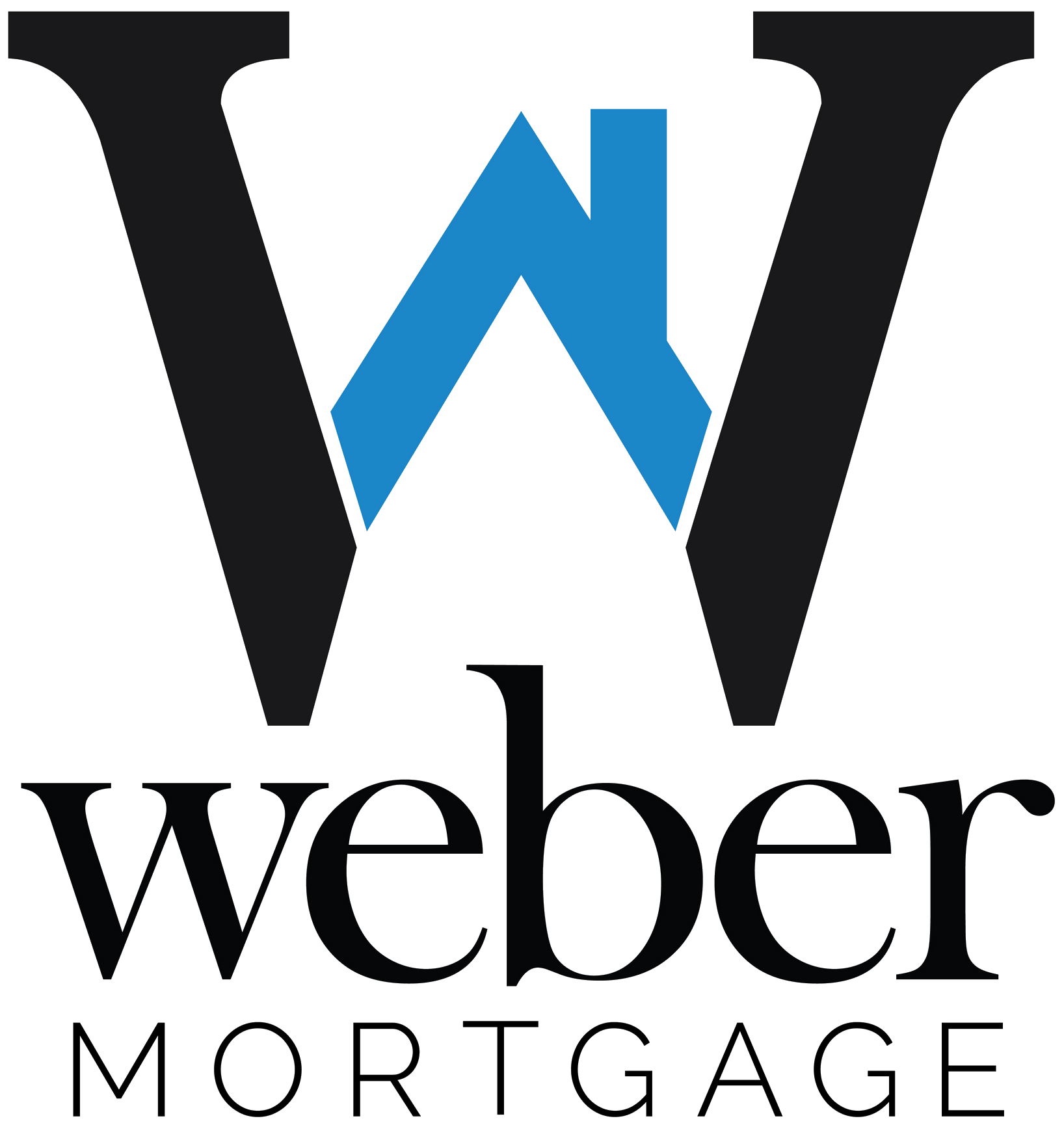Owning your home free and clear is a goal for many homeowners, but the thought…
Investment Property Basics: Turning Your Current Home into a Rental
When it’s time to move into a new home, selling your current house isn’t the only option. For homeowners looking to build long-term wealth, turning your current home into a rental can be a savvy financial move. With the right strategy, you can leverage your home’s equity, generate rental income, and diversify your financial portfolio.
If you’ve been thinking about renting out your property but aren’t sure where to start, this guide will walk you through the steps to transform your current home into a profitable rental.
1. Evaluate Your Home’s Rental Potential
Before deciding to turn your home into a rental, it’s important to evaluate its potential as an income-generating property. Consider factors such as:
- Location: Is your home in a desirable neighborhood with good schools, low crime rates, and proximity to amenities like grocery stores, parks, and public transportation? Homes in sought-after locations tend to attract more renters and command higher rental prices.
- Condition of the Property: Make sure your home is move-in ready. Address any repairs, update appliances if necessary, and ensure it meets safety standards.
- Market Rent: Research similar rental properties in your area to determine a competitive monthly rent.
Tip: If the estimated rent won’t cover your mortgage payment, insurance, taxes, and other costs, it might be best to wait until you can raise the rent or pay down your mortgage further.
2. Calculate the Financials: Can You Carry Two Mortgages?
If you plan to buy a new home while turning your current one into a rental, you need to ensure you can carry two mortgages at once. This is where a thorough financial evaluation is critical. Here’s what to consider:
- Down Payment: If you’re buying a new primary residence, you may still be able to take advantage of lower down payment requirements compared to investment property loans, which typically require 20-25% down.
- Debt-to-Income (DTI) Ratio: Lenders will look at your DTI ratio to ensure you can handle the added financial responsibility of two properties. Some lenders will consider projected rental income in their evaluation, which can help reduce your DTI ratio.
- Cash Flow: Calculate your monthly cash flow by subtracting expenses (mortgage, maintenance, property management fees, etc.) from your expected rental income. Positive cash flow means your property is generating income, which is the goal of any investment property.
Tip: Work with a mortgage broker to explore loan options and get pre-approved for your next home while factoring in rental income.
3. Consider the Tax Implications
Converting your primary residence into a rental property changes how the IRS views your home, so it’s important to understand the tax implications. Here’s what to keep in mind:
- Capital Gains Exclusion: When you sell your primary residence, you can exclude up to $250,000 ($500,000 for married couples) of capital gains from taxes. If you convert it to a rental and later sell it, you might lose this exclusion depending on how long you’ve rented it out.
- Depreciation: Once your home becomes a rental, you can start depreciating the property, which helps offset rental income and reduces your taxable income.
- Rental Income: Any rental income you receive must be reported on your taxes, but you can deduct expenses like mortgage interest, property management fees, and maintenance costs.
Tip: Consult a tax professional to understand the best way to take advantage of tax benefits and ensure compliance.
4. Prep the Property for Renters
To attract quality tenants and minimize vacancy time, you’ll want to make sure your home is ready to rent. This involves more than just tidying up; it’s about creating a space where renters can see themselves living comfortably.
- Clean and Repair: Address any necessary repairs, give the home a deep clean, and make small updates like repainting walls or replacing worn-out carpets.
- Safety Compliance: Make sure the home is up to code with functioning smoke detectors, carbon monoxide alarms, and secure locks. Check local rental regulations to ensure your property complies.
- Curb Appeal: First impressions matter, even for renters. Make sure your landscaping is well-maintained and the exterior is in good condition.
Tip: If you’re not local or don’t want to manage tenant interactions, consider hiring a property management company to handle everything from finding tenants to maintenance and rent collection.
5. Review Your Financing Options
Turning your primary home into an investment property means your financing needs might change. Here are a few options to consider:
- Refinance Your Primary Residence: If you have a low-interest mortgage on your current home, you might want to keep it as is. However, refinancing to take advantage of lower rates or pulling out some equity for your new home purchase can be beneficial.
- Home Equity Line of Credit (HELOC): Accessing your home’s equity through a HELOC can provide you with the funds needed for a down payment on your new home.
- Bridge Loans: A bridge loan can help you transition smoothly from one property to the next by covering costs until your first home is rented out or sold.
Tip: As your local mortgage expert, I can help you navigate these options and find the best financing solution for your situation.
6. Find Your Tenants
The success of your investment property depends largely on finding responsible, long-term tenants. Consider these steps:
- Screen Tenants Carefully: Run background and credit checks, verify employment, and check references.
- Set Up a Lease Agreement: Draft a lease that clearly outlines rules, responsibilities, and rent terms. Make sure it complies with local laws and protects your interests.
- Collect a Security Deposit: A security deposit helps cover any damages or unpaid rent if necessary. Make sure to follow state laws on handling deposits.
Tip: Consider using a property management company to assist with tenant screening and lease management if you’re not comfortable handling it on your own.
Final Thoughts
Turning your current home into a rental property can be a smart way to build wealth and create a passive income stream. With careful planning, a good understanding of your financials, and the right financing strategy, you can make the transition smoothly and set yourself up for long-term success.
If you’re ready to explore turning your home into an investment property, reach out today! I’m here to help you understand your mortgage options and guide you through the process of financing your next home while keeping your current property as a rental.





